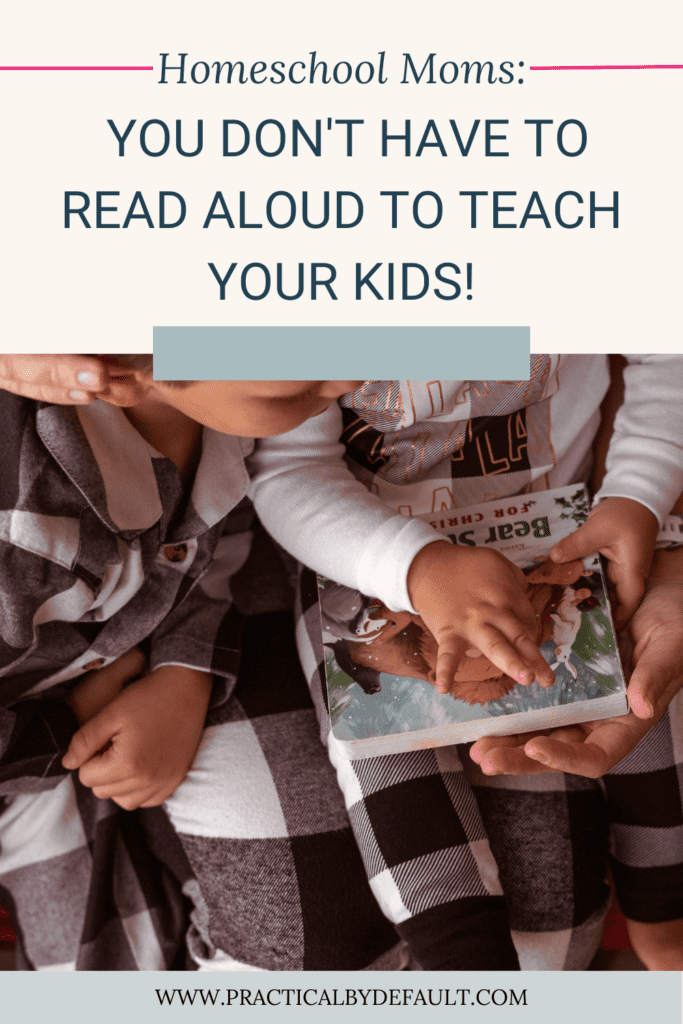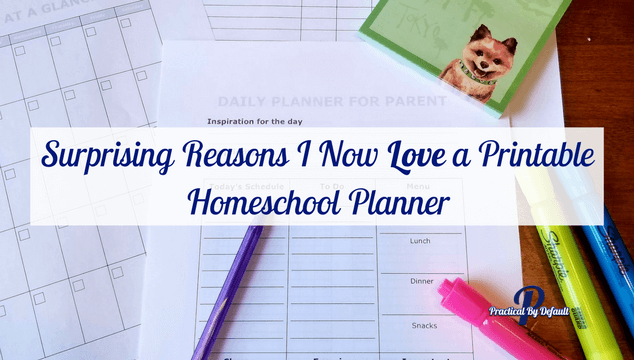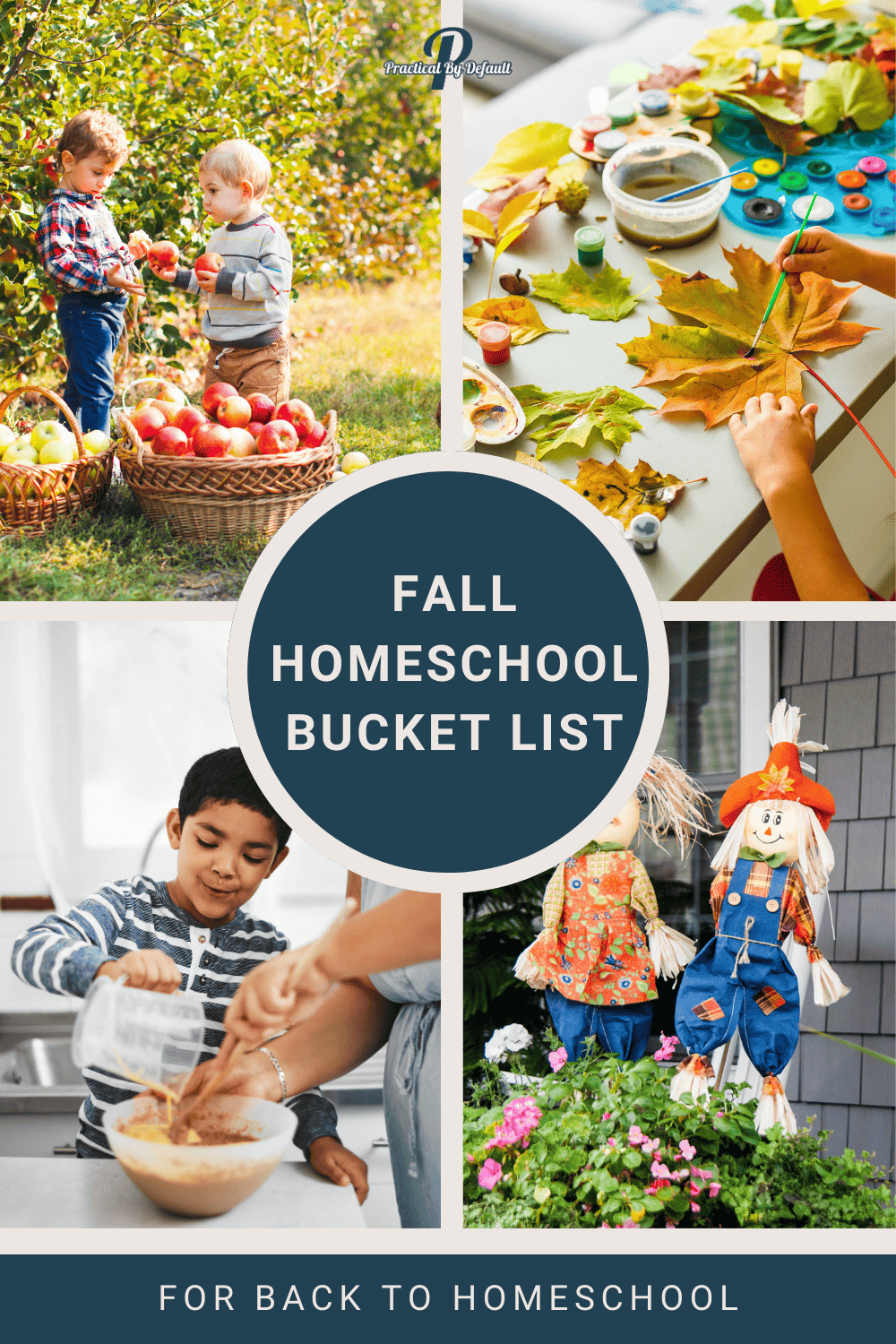I Hate Reading Aloud: What To Do Instead
Confession time: I hate reading aloud to my kids.
As a working mom who homeschools, I know how important reading to my children is, but reading aloud is not my cup of coffee.
I’ve searched for alternative solutions and found a few that have worked for us. If you’re in the same boat, keep reading!

Have you ever come across a solution that seems perfect but just isn’t your thing? That’s how I feel about reading aloud.
While I understand its importance, it’s just not something I enjoy doing. So, what can you do if you hate reading aloud as much as I do? Here are some ideas that might help.
I Hate Reading Aloud to My Children
There, I said it. I admit it. I hate reading aloud to my kids with a passion. But, that doesn’t make me a bad mom, does it? I mean, they’re still alive, right? 😉
As a mom and a bookworm, I know the importance of reading to your child, even for older kids. Growing up with a parent who hates reading, I understand the value of reading aloud.
However, when it comes to solving every learning problem your child might have, reading aloud seems to be the go-to solution.
For example, if your child is struggling with reading comprehension, fluency, speech, or logic, the solution often seems to be to read aloud.
But what if you hate reading aloud, like I do? Should you suffer through it or should you look for an alternative to reading aloud to your kids?
What To Do Instead of Reading Aloud
Let’s be honest, there are times when powering through reading aloud is needed.
I’ve read aloud to my kids even before they were born because of the benefits such as creating a stronger bond with my child and helping my child develop their vocabulary, comprehension, and listening skills.
But that doesn’t mean you have to suffer through reading aloud all the time. Let me share some alternatives I used because I hate reading aloud.
4 Alternatives To Reading Aloud
If you’re like me and hate reading aloud to your kids, there are still plenty of ways to help your child learn to love reading without having to read every word out loud yourself and feeling like your throat is going to burn forever. (Just me?)
1. Use Audiobooks or Podcasts
If you don’t want to read aloud to your kids, audiobooks and podcasts are a great alternative. There are so many options available, and you can easily find something that your child will enjoy.
You can also use this as an opportunity to introduce your child to different genres of literature or interesting topics. Here are some places to find audiobooks and podcasts:

Disclosure: I may receive commissions for purchases made through links in this post.
- Your local library: Many libraries have a great selection of audiobooks that you can borrow for free. Some libraries also have subscriptions to services like OverDrive or Hoopla, which allow you to borrow digital audiobooks and other materials.
- Audible: Audible has a huge selection of audiobooks, and you can sign up for a subscription to get access to a certain number of books each month.
- Epic: You’ll find Read-To-Me books, audiobooks, graphic novels and more for all ages.
- Around The World Stories: Original audio stories for kids about other countries and cultures.
- Podcasts: There are so many great podcasts out there for kids. Some popular options include “Wow in the World,” “Brains On!,” and “Story Pirates.”
2. Encourage Independent Reading
While reading aloud is important, it’s also important to encourage your child to read independently. This can help them develop their own reading skills and become more confident in their abilities.
Here are some ways to encourage independent reading:
- Provide a variety of reading materials: Make sure your child has access to a variety of books, magazines, and other reading materials that they enjoy.
- Set aside time for reading: Encourage your child to read for a certain amount of time each day. This can be before bed, during quiet time, or any other time that works for your family.
- Create a cozy reading nook: Create a special space in your home where your child can curl up with a book and feel comfortable.
- Offer incentives: Consider offering incentives for reaching reading goals, such as a special treat or a trip to the bookstore.
3. Reading Aloud in Turns
Another option is to use read-along books, which include both the text and an audio recording of the book. This way, your child can follow along with the narrator while also seeing the text on the page. It’s a great way to help your child build their reading skills while also keeping them engaged with the story.
Here are a few ways to make reading aloud in turns fun:
- Start by choosing a book that you and your child are both interested in.
- Decide on a regular time and place to read together, such as before bed or during breakfast.
- Take turns reading aloud by alternating between pages, paragraphs, or chapters.
- You could also switch off reading the dialogue between characters or take turns reading different books altogether.
- Don’t worry if you stumble over words or make mistakes, as this can provide an opportunity for your child to correct you and practice their own reading skills.
Since I hate reading aloud, I personally found making reading a shared experience helped create a positive association with reading.
4. Read Along Books
Read-along books can be a great way to encourage your child to read more independently. They provide a helpful model of fluent reading, which can help with pronunciation, rhythm, and pacing. You can find read-along books at your local library or online, and they come in a variety of formats such as physical books with CDs or digital versions that include audio files.
To make the most of read-along books, consider using them as a supplement to your child’s independent reading practice. You can also use them as a tool for shared reading, where you and your child take turns reading the text aloud while following along with the audio recording. This can help build your child’s confidence and allow them to practice their reading skills in a supportive environment.
When choosing read-along books, look for titles that interest your child and are appropriate for their reading level. Some popular read-along book series include Pete the Cat, Magic Tree House, and Elephant and Piggie. Encourage your child to follow along with the text as they listen to the narrator, and pause occasionally to ask questions or discuss the story.
Pete The Cat

Overall, read-along books are a fun and engaging way to help your child develop their reading skills, and they can be a great alternative to traditional reading aloud.
Related Reading Resources
Looking for more reading help?
- How to Make Reading Fun For Your Teenager
- Raise A Reader When You Hate Reading
- How To Raise Great Readers
Don’t Be Too Hard on Yourself
Finally, it’s important to remember that you don’t have to be perfect. As a working mom who homeschools, you’re already juggling a lot.
I hate reading aloud. If reading aloud is something that you really struggle with, don’t beat yourself up about it.
Remember that there are other ways to help your child develop their reading skills, and focus on the things that you do well. You’re doing an amazing job!
📌Don’t let this post get lost in the internet abyss – pin it to your Pinterest board now!


Hi, I’m Jen. I help working moms juggle their career and homeschool their kids by providing support, systems and tools. You are warmly invited to Join the Online Community Here!










